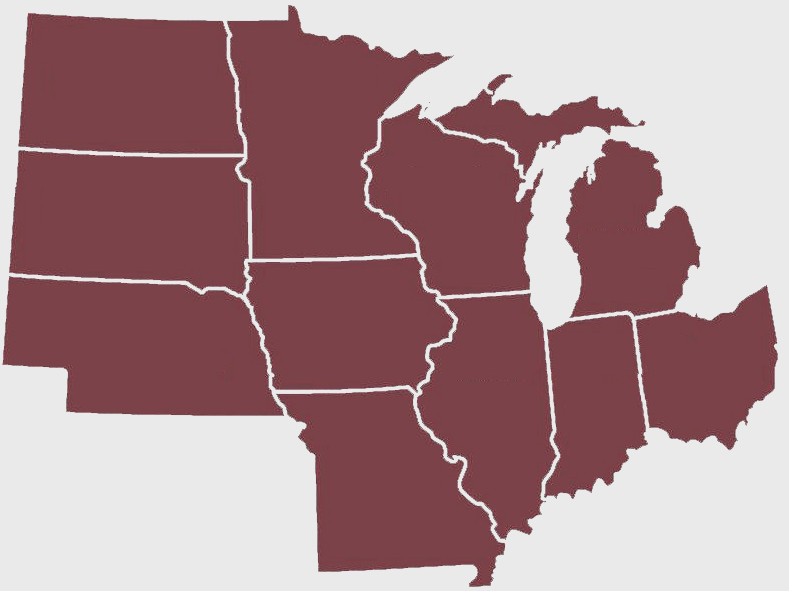
No Mow Fine Fescue Mix
Seeding Rate: 250 lb/acre (packaged in 25-lb bags)
25% Hard Fescue, 25% Chewings Fescue, 25% Creeping Red Fescue, 25% Sheeps Fescue
The No Mow Fine Fescue Mix is a low-maintenance alternative to planting a traditional lawn mix. The mix contains a blend of fine fescue grasses that are very slow-growing. Once it reaches a height of 4-6 inches, it will lay down, creating a lawn that looks like a natural carpet. The mix can also be mowed occasionally for a more manicured look. It grows in both sunny and shady areas and is very drought-tolerant.
No Mow Fine Fescue Mix Information Sheet (PDF)
Sunny Lawn Mix
Seeding Rate: 200 lb/acre (packaged in 25-lb bags)
60% Improved Kentucky Bluegrass, 25% Fine-leaf Perennial Ryegrass, 15% Creeping Red Fescue
Shady Lawn Mix
Seeding Rate: 250 lb/acre (packaged in 25-lb bags)
25% Chewings Fescue, 20% Improved Kentucky Bluegrass, 20% Fine-leaf Perennial Ryegrass, 20% Creeping Red Fescue, 15% Hard Fescue
Economy Lawn Mix
Seeding Rate: 200 lb/acre (packaged in 25-lb bags)
40% Kentucky Bluegrass, 30%
Bee Lawn Mix
Seeding Rate: 250 lb/acre (packaged in 25-lb bags)
24.07% Creeping Red Fescue, 24.07% Chewings Fescue, 24.07% Hard Fescue, 24.07% Sheeps Fescue, 1.66% White Dutch Clover, 0.24% Creeping Thyme, 1.81% Self-Heal
NEW LAWN ESTABLISHMENT
Site Preparation: When seeding a new lawn, begin by removing any rocks or debris from the site. If weeds are a problem, spray glyphosate (Roundup) at the recommended rate. Wait one week for the chemical to fully take effect. Till the top 4 – 6 inches of soil. If there is not at least 6 inches of black topsoil, add additional compost or top soil and till the site again. Rake or roll the site to firm up the seedbed. Your foot should not sink in deeper than 1 inch when walked on.
Planting: Lawns should be planted in the spring (April – early June), the fall (late August – early September), or dormant seeded (November – ground freeze). Use a broadcast or drop type spreader for planting. Make two seeding passes in opposite directions for even seed distribution. Apply fertilizer at the manufacturer’s recommended rate and then lightly roll or rake the site to establish good seed to soil contact.
Maintenance: For the first three weeks, irrigate the site often to keep the soil continuously moist. Once the lawn is established, it can be watered less frequently but in greater amounts. Cut the lawn no shorter than 2 inches in the spring and fall and no shorter than 3 inches during the summer.
REVITALIZING AN EXISTING LAWN
Site Preparation: Lawns can be over-seeded in the spring (April – early June) or the fall (late August – early September). Begin by mowing the existing lawn to a short height and removing the clippings.
Planting: Plant using either a slit seeder set to ½ inch deep or shallowly aerate the lawn and then use a broadcast seeder. Make two seeding passes in opposite directions for even seed distribution. Apply fertilizer at the manufacturer’s recommend rate and then lightly roll to lawn.
Maintenance: Water regularly 1 – 2 times per week for 4 – 6 weeks.


